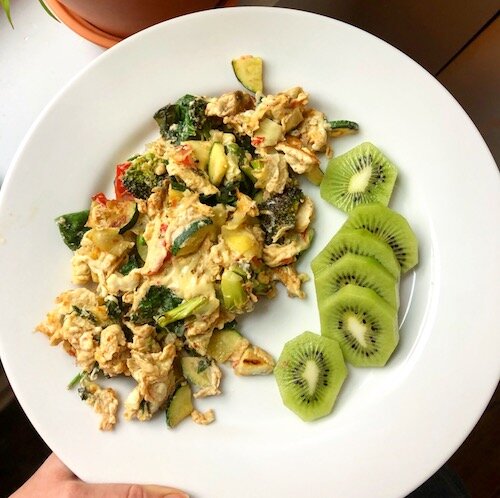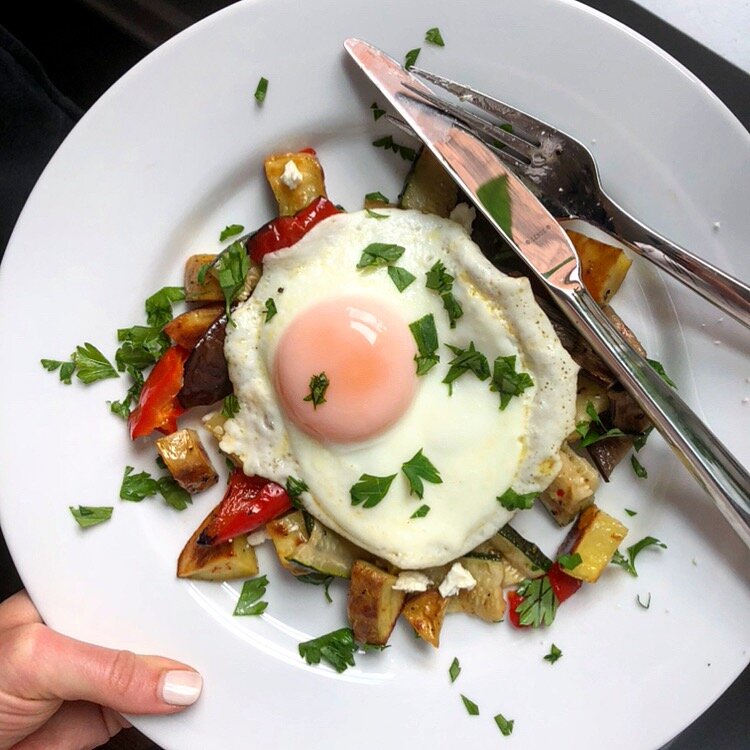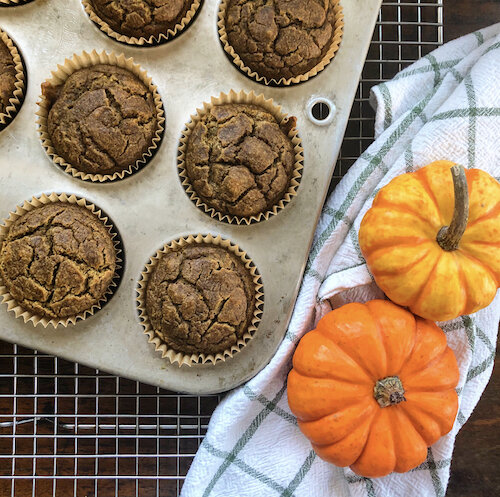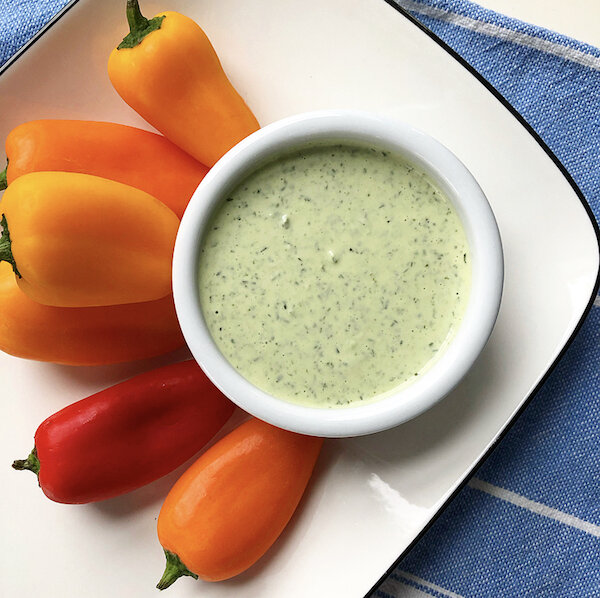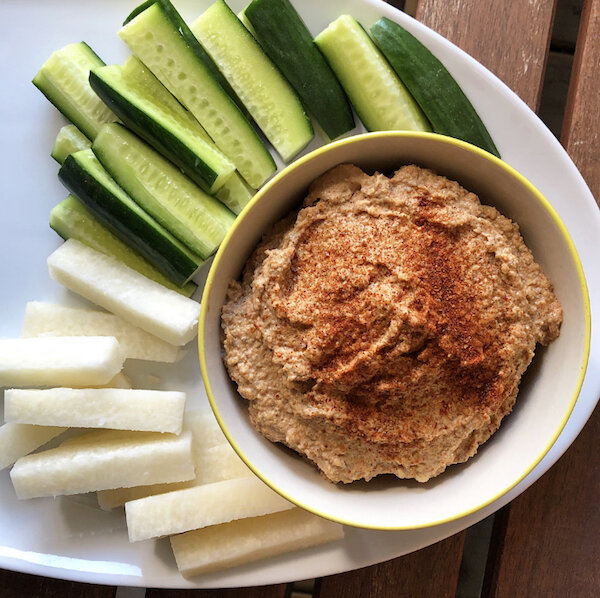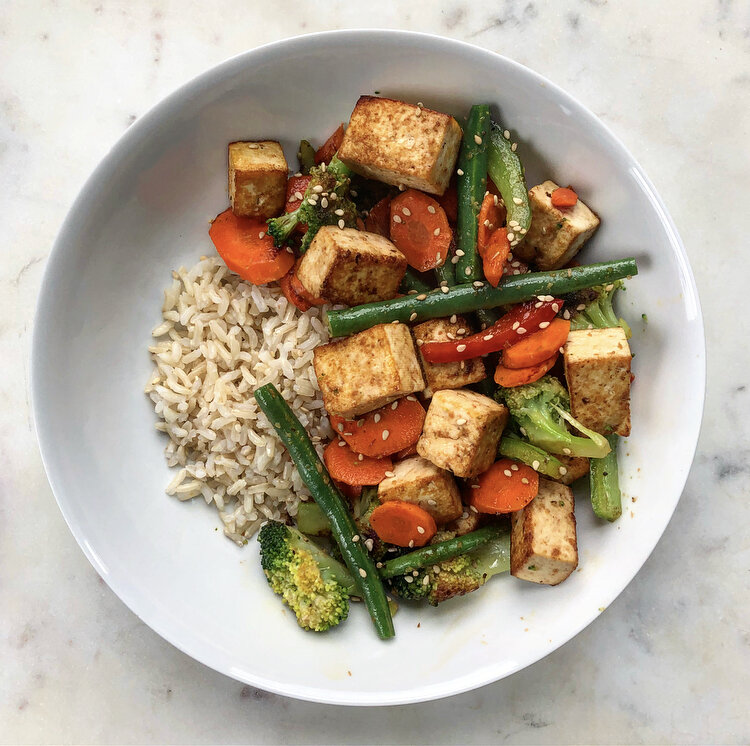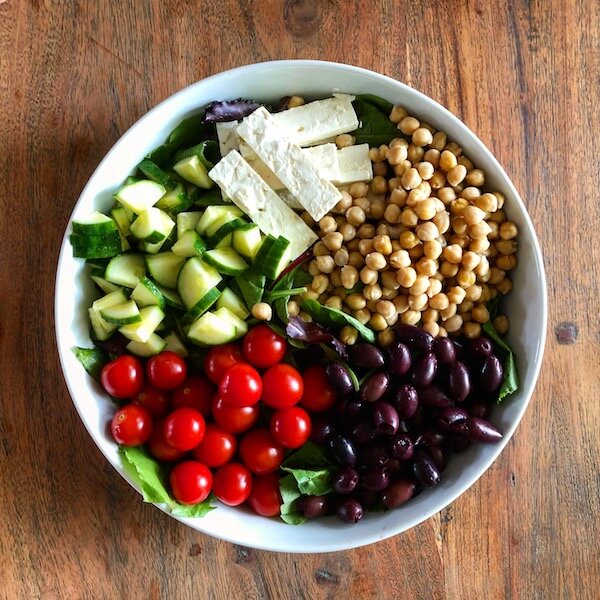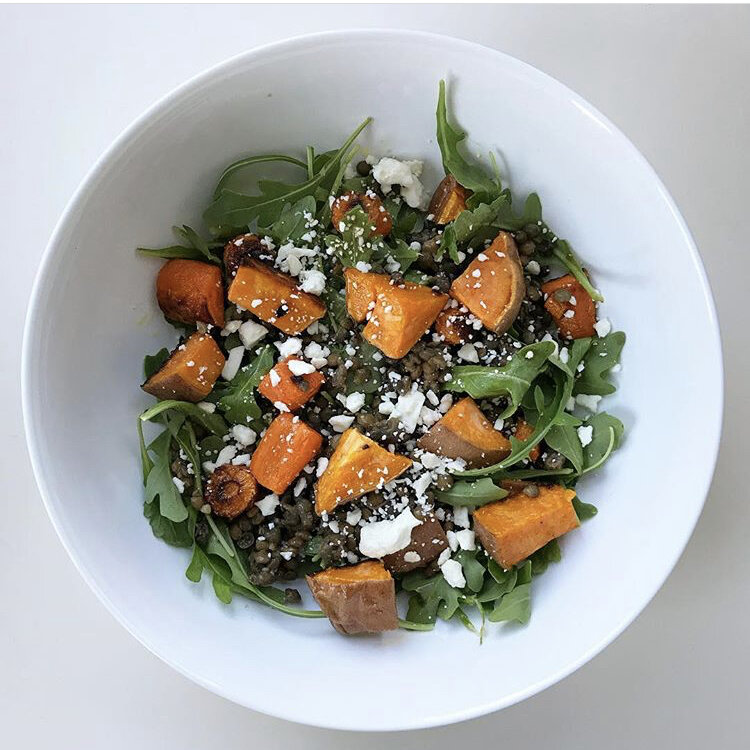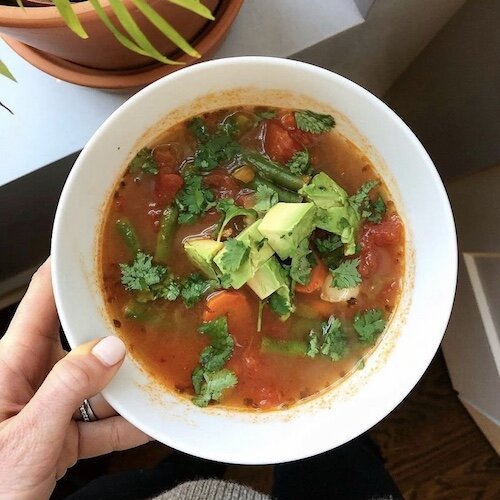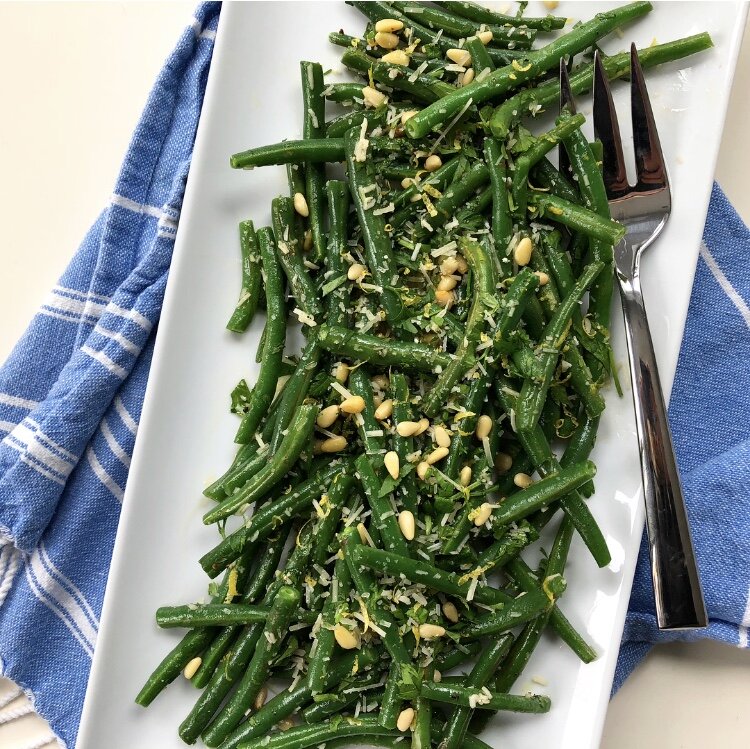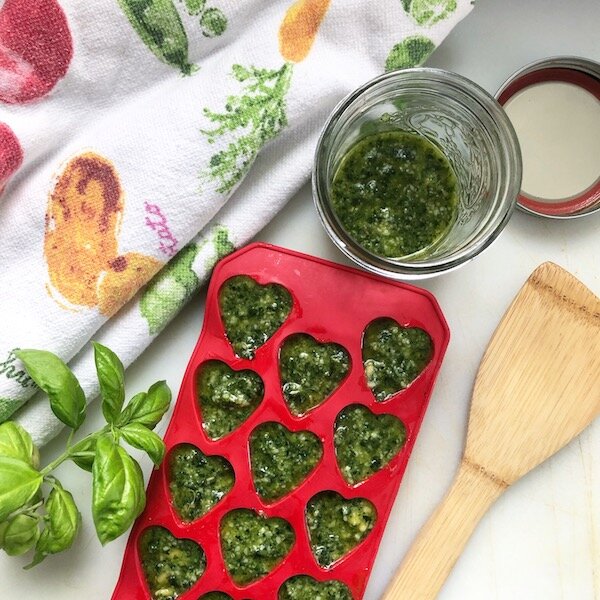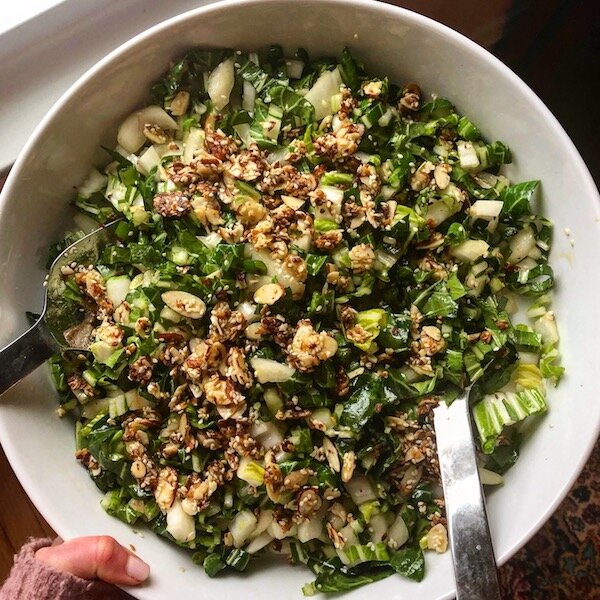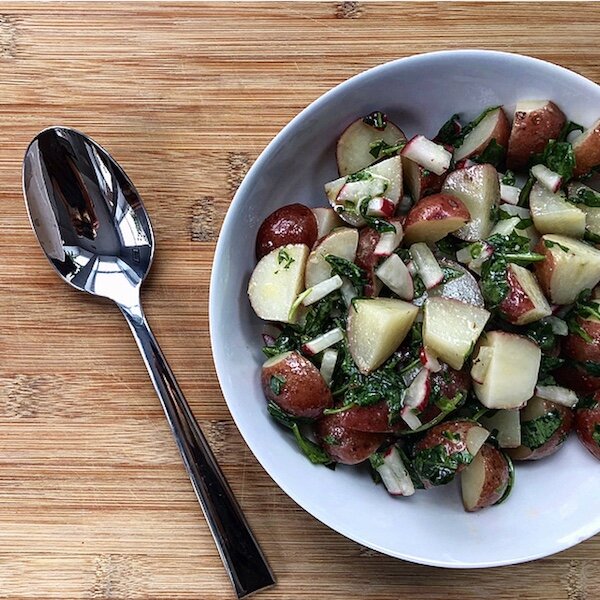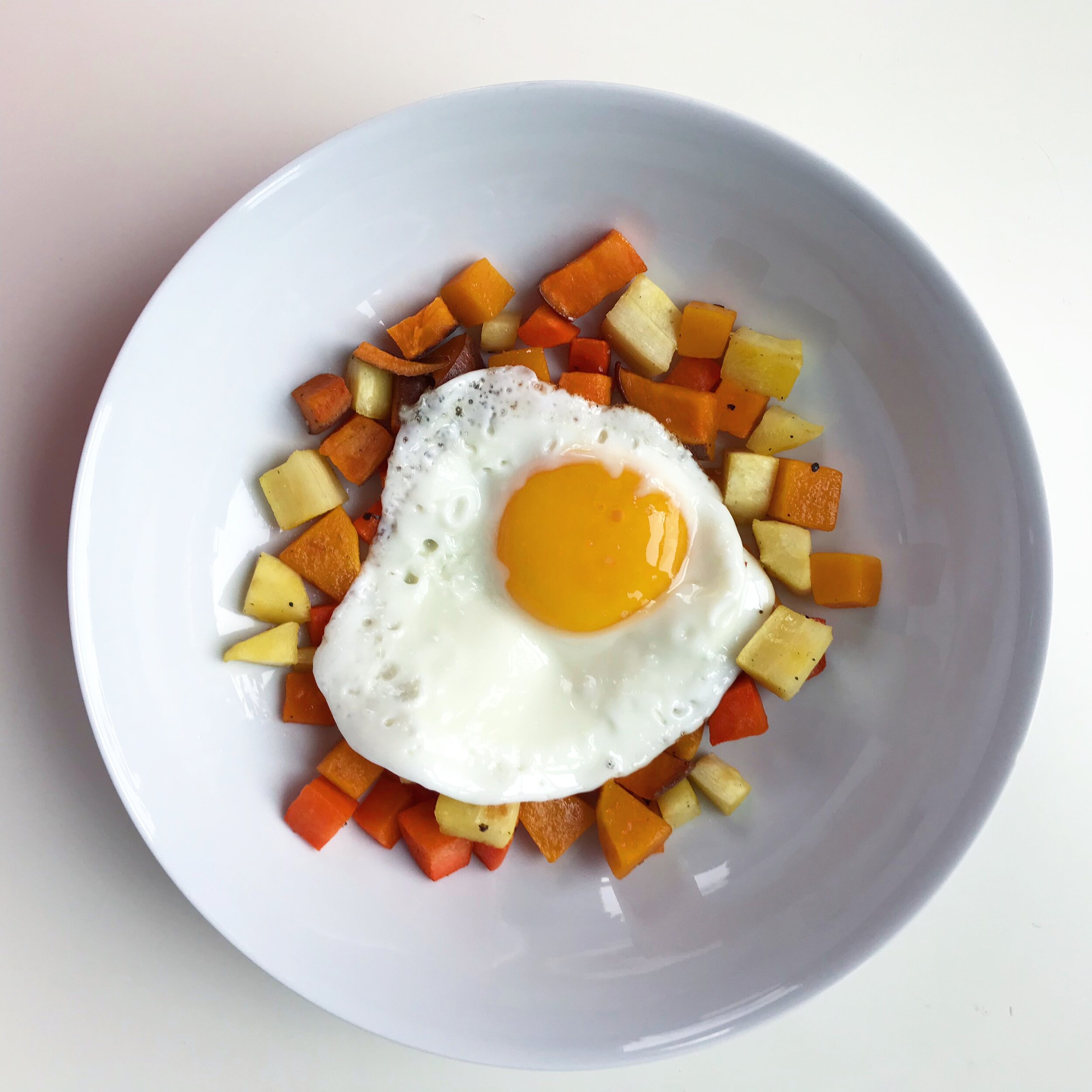Five Ways to Eat More Vegetables on a Low FODMAP Diet
Vegetables are an essential part of a healthy diet; however, almost 90 percent of the U.S. population doesn’t meet the recommendation for intake. Access to vegetables can be an obstacle for some while others simply find them difficult to prepare in an appetizing way.
While trying to avoid FODMAPs, choosing vegetables to include in the diet becomes even trickier.
There are many vegetables that are so low in FODMAPs that they are safe to eat at any point in the diet process (greens, carrots, white potatoes, and spaghetti squash, to name a few) while others are good to incorporate in small portions or once in a while depending on your tolerance. Remember, not everyone is sensitive to all high FODMAP foods, so if something doesn’t cause an increase in your symptoms, enjoy it!
The foods and beverages people consume have such a profound impact on health, which is why it is so important to find ways to include vegetables even while trying the Low FODMAP Diet:
Start with Breakfast
Don’t miss out on breakfast as an opportunity to eat some veggies:
Add spinach, red bell peppers and canned artichoke hearts to scrambled eggs
Make a veggie omelette or frittata
Try a roasted root vegetable hash with sweet potato, carrots and parsnips with an egg on top
Throw spinach, kale, or even cucumbers into a morning smoothie
Make a batch of pumpkin muffins to eat throughout the week
Try my carrot cake or pumpkin pie overnight oats recipes
Make Vegetables Easy to Eat
Buying pre-washed or pre-cut vegetables that are ready to eat is a great way to help increase your intake. Consider stocking up on these low FODMAP, low prep options:
Pre-washed greens like spinach, kale, or arugula for salads, smoothies, and more
Mini peppers for snacking or quickly slicing into salads, egg dishes, and stir fry
Cherry tomatoes eaten fresh from the container or roasted for additional flavor
Persian cucumbers that can be sliced or cut into sticks for dipping
Jicama sticks– delicious on their own or with my pumpkin seed dip!
Make at Least One Meal Meatless Each Week
Meatless meals are a great way to turn the attention to veggies at meal time. Although many legumes are high in FODMAPs, edamame, firm tofu, and small amounts of chick peas and lentils are great for adding plant-based protein to a meal. Here are the low FODMAP serving sizes of each:
Edamame, soybeans only, 1/2 of a cup
Chickpeas, canned, 1/4 of a cup
Lentils, canned or cooked, 1/2 of a cup
Tofu, firm, 2/3 of a cup
For more ways to include plant-based protein in a low FODMAP diet, click here.
Don’t Forget about Fresh, Frozen and Canned Options
Vegetables eaten in their whole form are great sources of nutrition, but not everyone has the same access to fresh options year round. Including freeze-dried, frozen, and canned options adds nutrition and variety in vegetable intake:
Freeze-dried carrot chips make a great snack, and frozen green beans are incredibly versatile in soups and stir frys. When choosing canned vegetables, tomatoes are a great pantry staple to add to soups, sauces, and pasta dishes. Beans are another great canned option because the amount of FODMAPs is actually reduced due to the canning process. One fourth of a cup of canned chickpeas is low in FODMAPs, and other beans should be tried during the reintroduction phase to assess tolerance.
Freezing homemade low FODMAP sauces, like my kale pesto, is a great way to reduce food waste and increase vegetable intake over time.
Try Something New
Spinach, cucumbers, carrots and bell peppers are my low FODMAP go-to’s, but I love finding new vegetables (or new-to-me varieties of vegetables!) that are also low in FODMAPs. Here are some of my favorite out-of-the-ordinary veggies:
